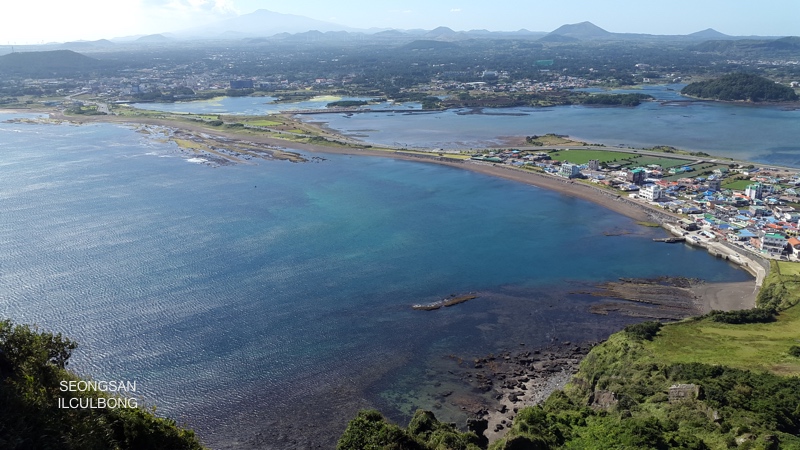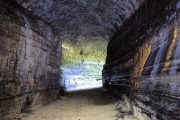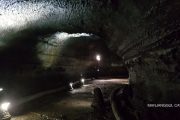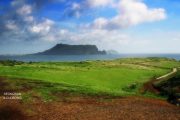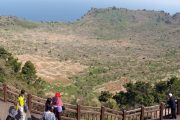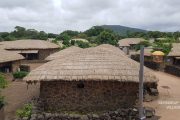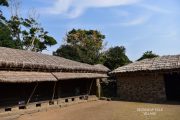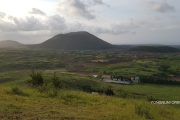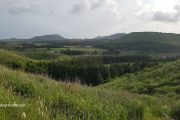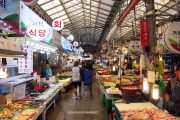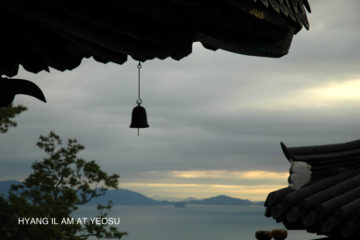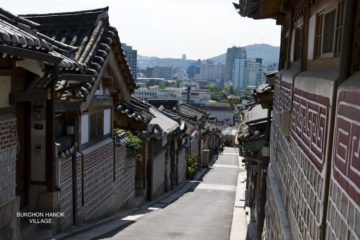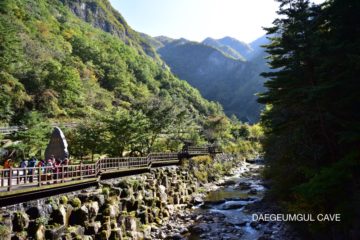JEJU ISLAND has the most preserved nature in SOUTH KOREA. This island is surrounded by beautiful sea with lava. Also, there is the big dead volcano – called HALLASAN MOUNTAIN – in the middle of the island.
Besides its natural resources, JEJU ISLAND keeps the unique culture and tradition such as HANYEO (海女; woman diver). Also, JEJU ISLAND is famous for tangerine (or, called mandarin) and you can see many tangerine orchard around South coast of JEJU.
If you take HIGHLIGHTS OF JEJU – EAST JEJU, you can visit around East part of JEJU ISLAND such as MANJANGGUL CAVE, SEONGSAN ILCHULBONG (or, called as SEONGSAN SUNRISE PEAK), YONGNUNI OREUM and SEONGEUP FOLK VILLAGE
Upon hotel pickup, you will visit MANJANGGUL CAVE. As the lava tube stretches for as far as an approximate 8,928 m, its length ranks amongst the top 10 in the world. It is also the second longest lava tube in Jeju island. It is regarded as having significant scientific and heritage value, owing to its excellent condition of preservation despite its age of formation (about 300,000 to 200,000 years ago). (referenced on wikipedia.com)
The second place – SEONGSAN ILCHULBONG – is the highlight today. Situated on the eastern seaboard of JEJU ISLAND and said to resemble a gigantic ancient castle, this tuff cone is 182 meters high, has a preserved bowl-like crater and also displays diverse inner structures resulting from the sea cliff.
You will have lunch nearby SEONGSAN ILCHULBONG. By the way, if your budget permits, we recommend you take Special Meal. Then, you will arrange the nice scenery restaurant for Western course menu (but, they call their menu as fusion.)
Now, we would like to give you another hiking time at YONGNUNI OREUM. OREUM means small mountain formed by eruption of lave long time ago. No worry, for the last few thousands, there is no record of eruption. The reason why we plug this place in the schedule is to show you another aspect scenery at the mountain. Though this place is not famous, our company would pick one of top 10 attractions in JEJU ISLAND.
The next places is SEONGEUP FOLK VILLAGE. Here, you can see the real village having 100-200 years old houses. SEONGEUP FOLK VILLAGE shows the unique culture of JEJU; the black lava walls and the stone grandfather statues (HARUBANG), which have become a prime feature of the landscape. We don’t visit any shopping showroom/shop here whereas many travel agents get commission whenever you buy Omija tea (i.e., schizandra), or horse bone power.
Let’s move back to JEJU CITY and we will have the last sightseeing (or, your souvenir shopping) at the biggest traditional market in JEJU CITY, called DONGMUN MARKET.
If you accompany children, they would be happy to have opportunity of funny activities such as horse riding, go-kart, jet boat, submarine.
If you stay at SEOGWIPO CITY, or other place, the itinerary will be customized in light of the logistics.
| PRICES |
|
||||
| DEPARTURE | Your hotel at JEJU (You can star this tour at JEJU AIRPORT without surcharge) | ||||
| RETURN | Your hotel at JEJU, or JEJU AIRPORT | ||||
| INCLUDED |
|
||||
| NOT INCLUDED |
|
||||
| DEPOSIT |
|
09:00 Meet your guide, or driver at hotel
10:00-11:00 MANJANGGUL CAVE
11:30-12:30 SEONGSAN ILCHULBONG (or, called SEONGSAN SUNRISE PEAK)
13:00-14:00 Lunch
14:30-15:00 SEONGEUP FOLK VILLAGE
15:30-16:30 HAENYEO MUSEUM + WOLJEONG-RI BEACH
16:30-17:30 Transfer back to your hotel
▪ If you are travel agent, or tour operator, why don’t you contact us to discuss about personalized schedule and own requirements.
▪ If you join this tour during the last week of March – first week of April, you can enjoy cherry blossom.

